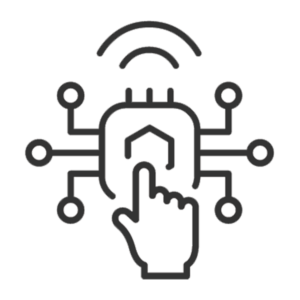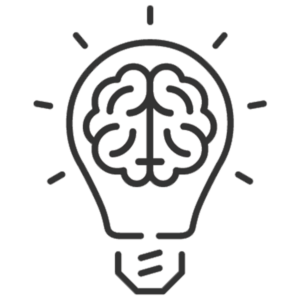
Our Process
CAN has created a unique process for implementing data-driven decision making in organizations. This process gives our clients the right knowledge at the right time as well as a visual roadmap of where they are going and how to get there.
Our process is a plan to help your organization move forward through the various levels of Data Hierarchy, which include:
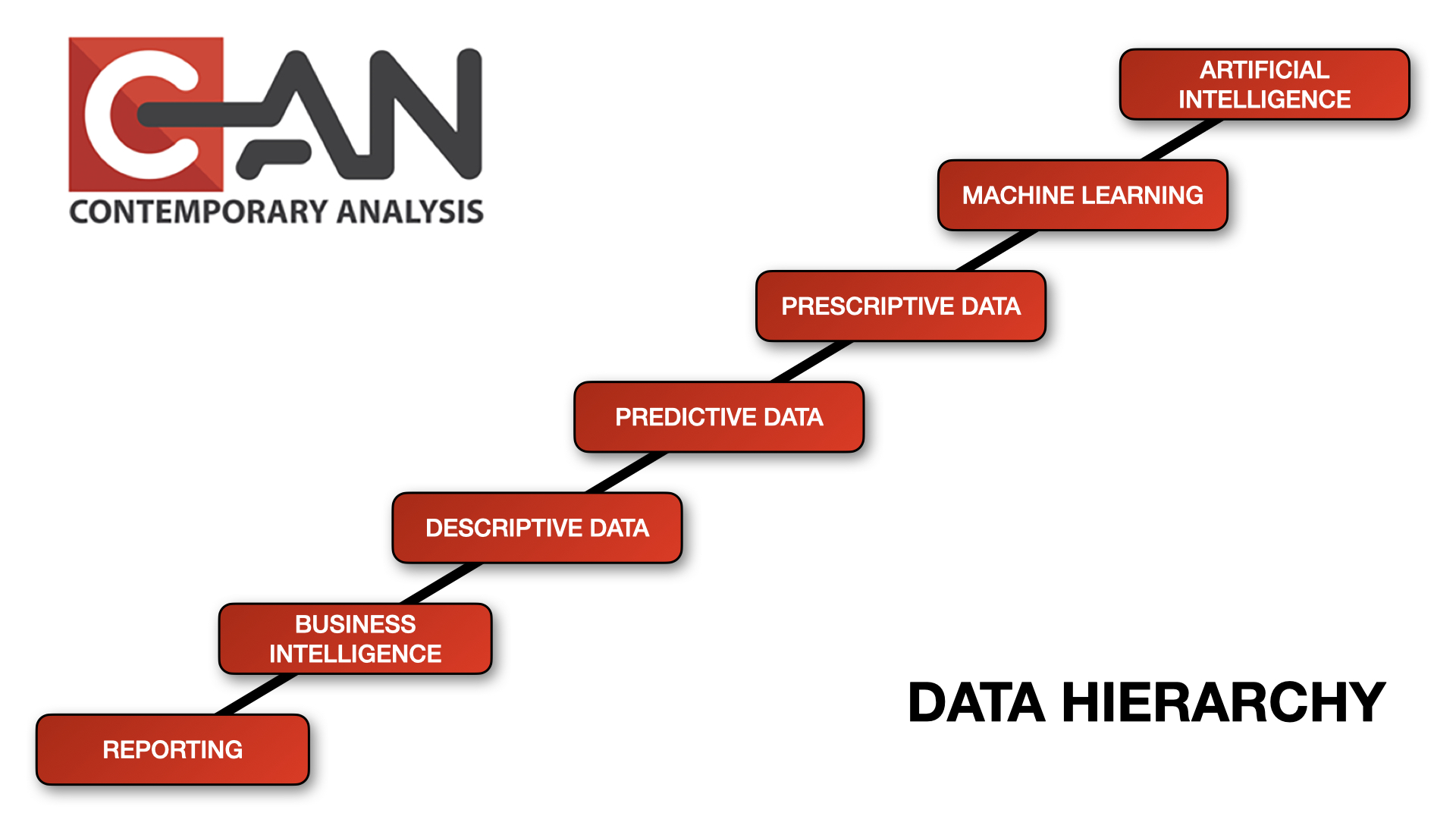
Our process is a plan to help your organization move forward through the various levels of Data Hierarchy which include:

The first step to working with data is simple record keeping. Tracking your data points allows you to build more complex data driven decisions down the line. Its important to make sure you’re tracking the valuable data points that drive value later.

Business Intelligence takes the data you’re tracking and puts it into a visible format. This is typically in the form of a “dashboard” or something similar. The visualization of your data allows you to see whats happening in your data week over week, month over month, or even hour by hour if needed.

Because you’re tracking and viewing the data on a regular basis you’ll be able to deep dive into the “Why” of your data set. By correlating data points you can understand the true driving forces behind your data. When you understand exactly “why” something happened you can make it happen again or avoid it completely.

With a robust data set you can use the information you know for a fact to predict outcomes. You can quantify the accuracy of your predictions based on the known outcomes of your historic data. Depending on the desired outcome you can test repeatedly to get a higher accuracy rating if needed.

Once you can predict outcomes you can start looking at variables. Changing one data point gives you a new prediction. Through this trial and error you can prescribe the desired outcome and what data points need to change to get there.

Scaling up from predictive and prescriptive data a machine learning solution amplifies these efforts. Machine learning can run thousands of scenarios around the clock to give you a list of recommendations. Because its a computer you can continuously feed it data for it to run more cycles for even more predictions.

Going beyond the Machine Learning phase Artificial Intelligence (AI) can “learn” the variables and adapt to find the best possible outcome. Machine learning just runs the programs and spits out results. AI finds the optimal way to do something by looking at millions of possible inputs.

Following the CAN process allows you to understand where you are, see the steps in front of you, plan for those steps, hire and then train the individuals you will need both now and in the future, and still have the technical and operational expertise you need all while de-risking the creation of data-driven decision making inside your company.
This is the only way we have seen success in implementing data-driven decision making at an enterprise level. We have completed this process multiple times across multiple industries. Those clients are now successful at making data-driven decisions.
The four key steps in the CAN Process
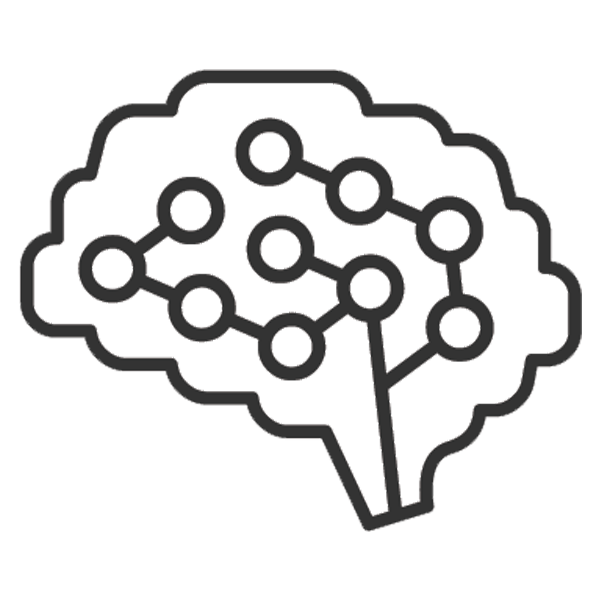
Innovate
Most companies improve old processes and call it innovation. True Innovation, however, requires new processes to be successful. CAN helps build those new processes by providing expertise and guidance to help organizations dream bigger than just improvement.

Train
CAN helps you build and teach your team the necessary skills (both soft and technical) to perform and manage information-driven decision making. We help identify current employees that can be cross-trained as well as help you design your hiring and management system to attract and retain outside talent.
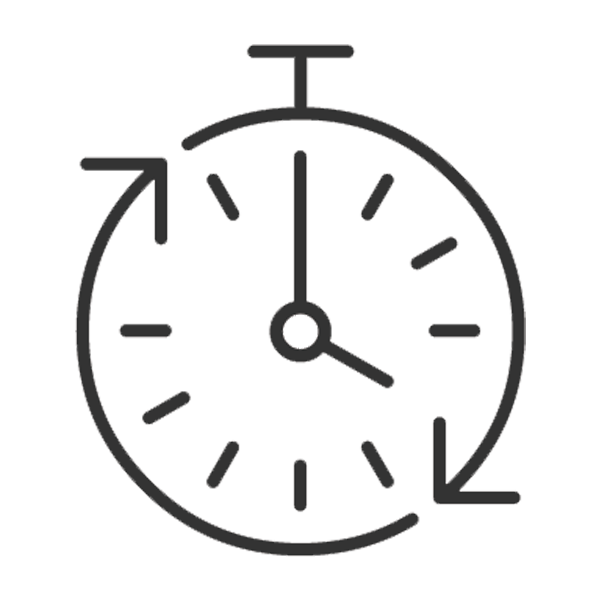
Incubate
Project incubation is a critical, often skipped step. Project incubation is CAN working alongside your team to give you support while your team learns how to build data science. As your team ramps up its skills and ability, we will ramp down and transition more work to your team. This gives you the stability to learn without losing momentum.
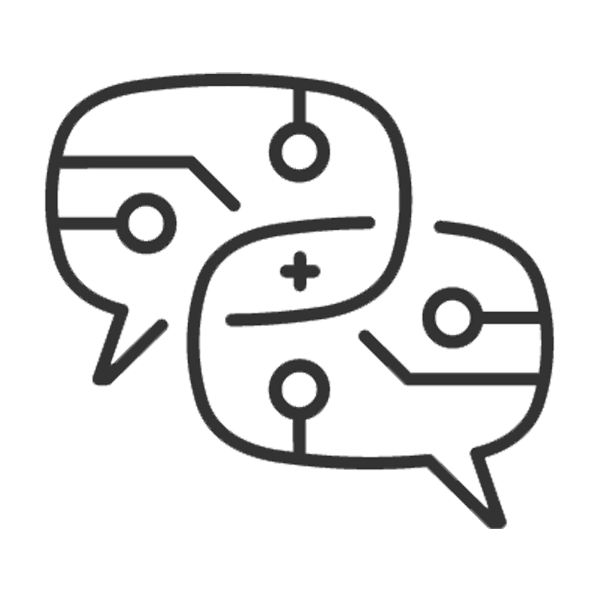
Mentor
Once your organization has a team that is trained and able, CAN steps into a mentor/peer role giving the reins back to the organization. We then help with overflow projects, temporary data scientist needs, and strategic knowledge. This gives your team the bravado to keep building without the fear of failing.
Example timeline of how we execute a multi-project data science need.
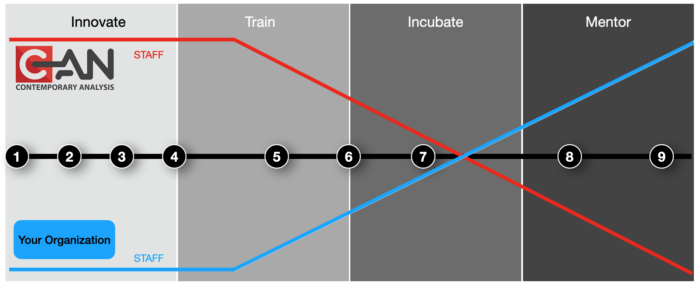
1. Audit
2. Strategic Plan
3. Prototype
4. Project 1 Design
5. Project 1 Implementation
6. Project 2 Design
7. Project Maintenence
8. Project 2 Implementation
9. Project Support
Our example timeline is similar to many clients who have used our process. Yours will be custom to you. It might be faster. It might be slower. It might have more projects, but will likely include these items.
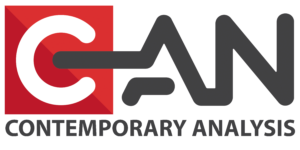
This is a very important aspect of the entire process. Understanding the history of your organization, your culture, your goals, and the people are critical to establishing a good foundation to build a successful program.
During this phase, we will interview the key leadership and stakeholders. We will also want to know where you are now – access to tools, resources; what data is available; how it is being collected and stored; what expertise and capacity is available; and an understanding of your organization’s culture.
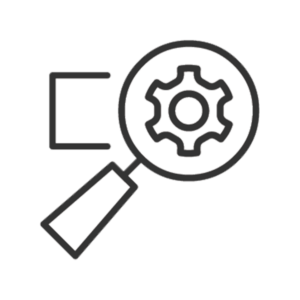
After an audit of your organization, we will work with your leadership and project managers to develop a strategic plan for designing and implementing initiatives that will help you accomplish your stated goals and put you on a path to long-term success.
Included in this plan will be a roadmap on how to get to your destination. We will outline the things you are missing and how to find them. This includes how to get the skills you need, what software you might need, what people you should be looking for, and what frameworks or architecture you might need. You will also get a plan on how, but more importantly when, these things will need to be initiated.
Your specific plan will be customized to fit your unique goals, issues, history and culture.
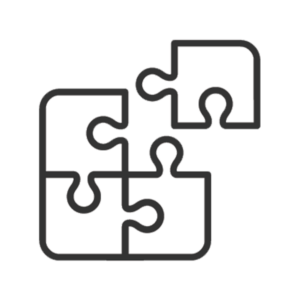
The prototype is the important first project. It is not meant to solve a large problem, but instead, meant to do two things:
Show where the bottlenecks for implementation across the organization will be. Implementing a prototype is critical before the implementation of larger, more complicated projects.
Prove to managers, administrators, and users that data-driven decision making can save time and/or money and accomplish your goals.
This is also where we will begin to identify those traits mentioned in the Train step that will become important in choosing your first data scientists. We will help you choose those employees (internal or external) and begin their training.

This is where we design and build out the first main project for you. This project will be much larger than the prototype and will be created using non-real-time, sandboxed data. Additionally, this project will (as will all projects) be “clear box”–meaning we will show you how everything is done. No black boxes.
This is also where we start incorporating your team into the process. Your team will be right beside us as we build and implement together.
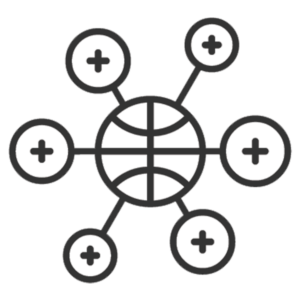
Project maintenance is a wholly different process than implementation. This phase of a project is placing a person in charge of making sure the model doesn’t break when data changes or as the need of the model changes over time.
This skill set for maintenance is not usually the same as for design and implementation. Therefore, we recommended using a different person or team to maintain the models. We will help you understand those skill sets and manage accordingly.

Once Project 1 has been designed and tested, it needs to be implemented into the enterprise level of the organization. This includes automating the model as well as using real time data.
This usually includes connecting with the data team that may not have been involved in the design of the project.

Shortly after or potentially in parallel with Project 1 Implementation, we (CAN and your team) will start designing more projects. This design is led by your team. We are still there for support, but your team takes the lead, builds the project and implements the prototype.
This happens during project incubation — meaning our team is on call, sometimes in the same room, available to you when you need. In this way, we provide technical support only when needed, gentle guidance through a daily check-in, and lots of moral support.
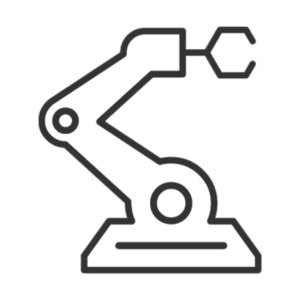
Now that your organization has a capable team, CAN shifts to being your on-call data science team. Our team can step in when:
- You need a project designed and implemented because your team is busy designing and maintaining your other models.
- You need temporary, skilled data scientists to augment your team (usually when multiple models need to be updated or maintained at once).
- You have a short-term need for someone with a distinct knowledge base or skill set and do not want or need to hire a senior-level data scientist for the project.
- You need training. Data science is a rapidly-evolving industry. New technologies that did not exist even three years ago quickly become industry standards.
We are bleeding-edge consultants with knowledge and expertise in emerging concepts, ideas, trends and software. We are always available to train as the need arises.

Once Project 1 has been designed and tested, it needs to be implemented into the enterprise level of the organization.
This includes automating the model as well as using real-time data. It is also likely going to include connecting with the data team that may not have been involved in the design of the project.

At this point, your organization has a team that is capable of implementing the model. Different from Project 1 Implementation, Project 2 Implementation is done without us onsite.
This is the first time your trained and ready team is working without us. We are still here as mentors, but only as a on-demand data science staff.
